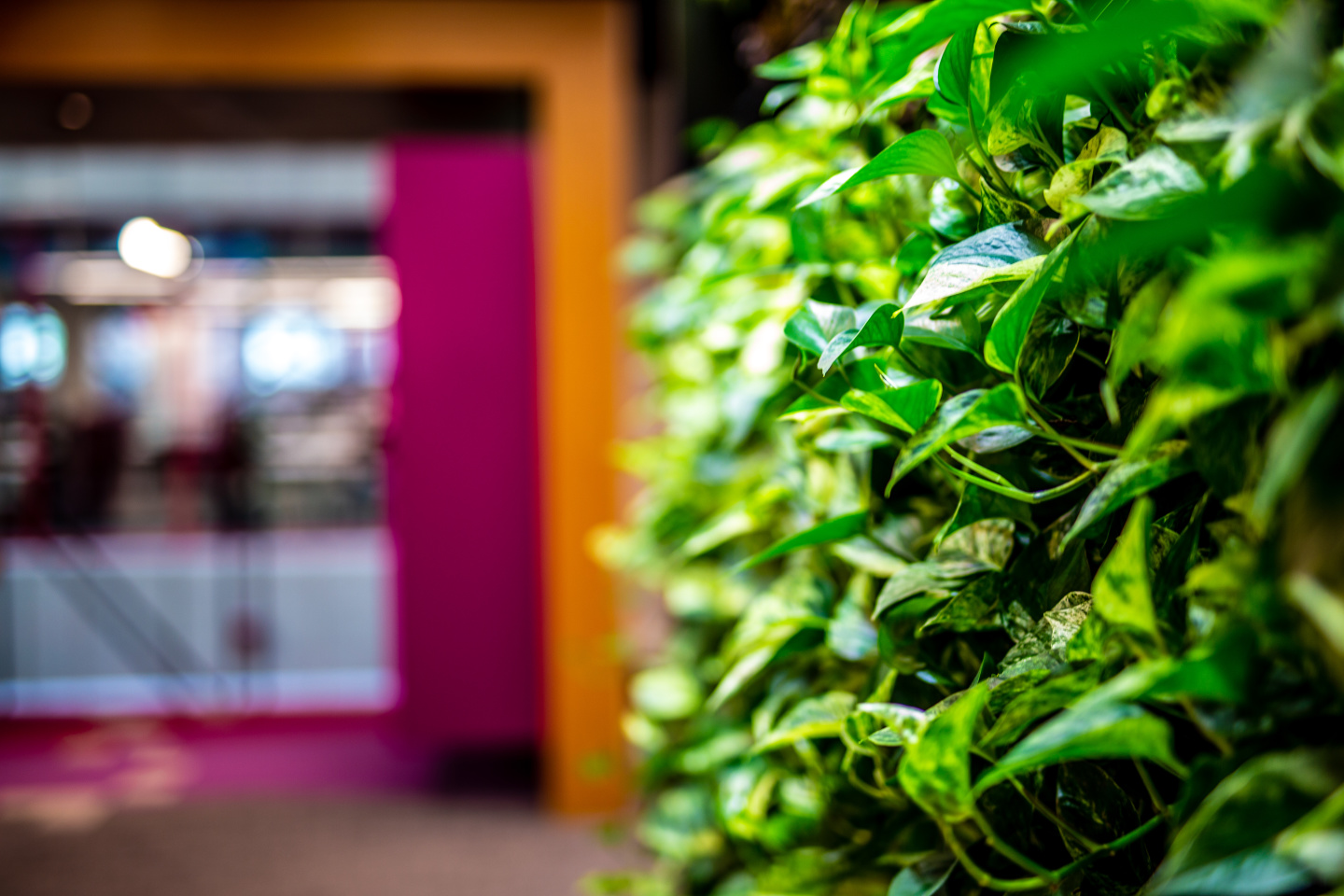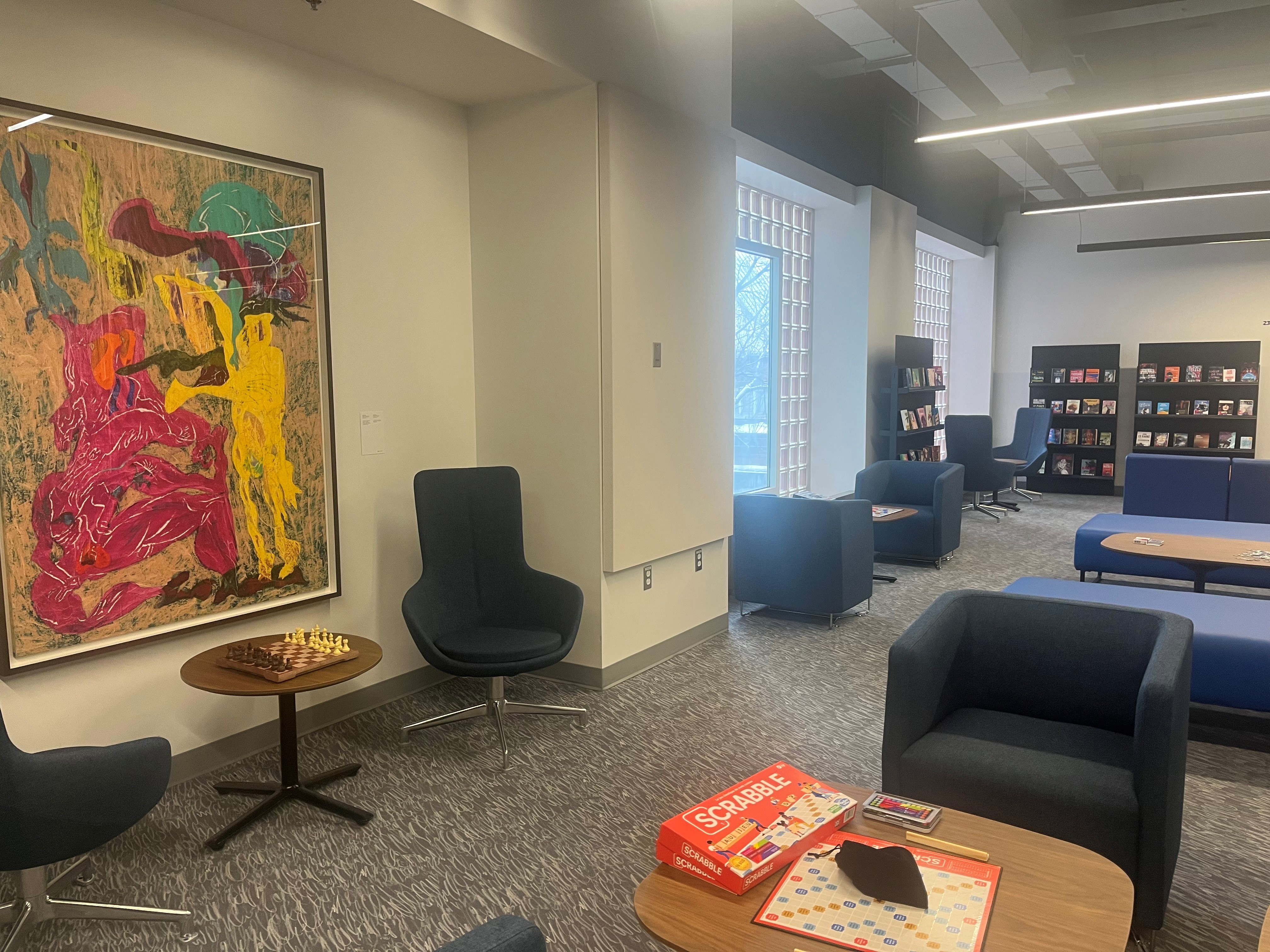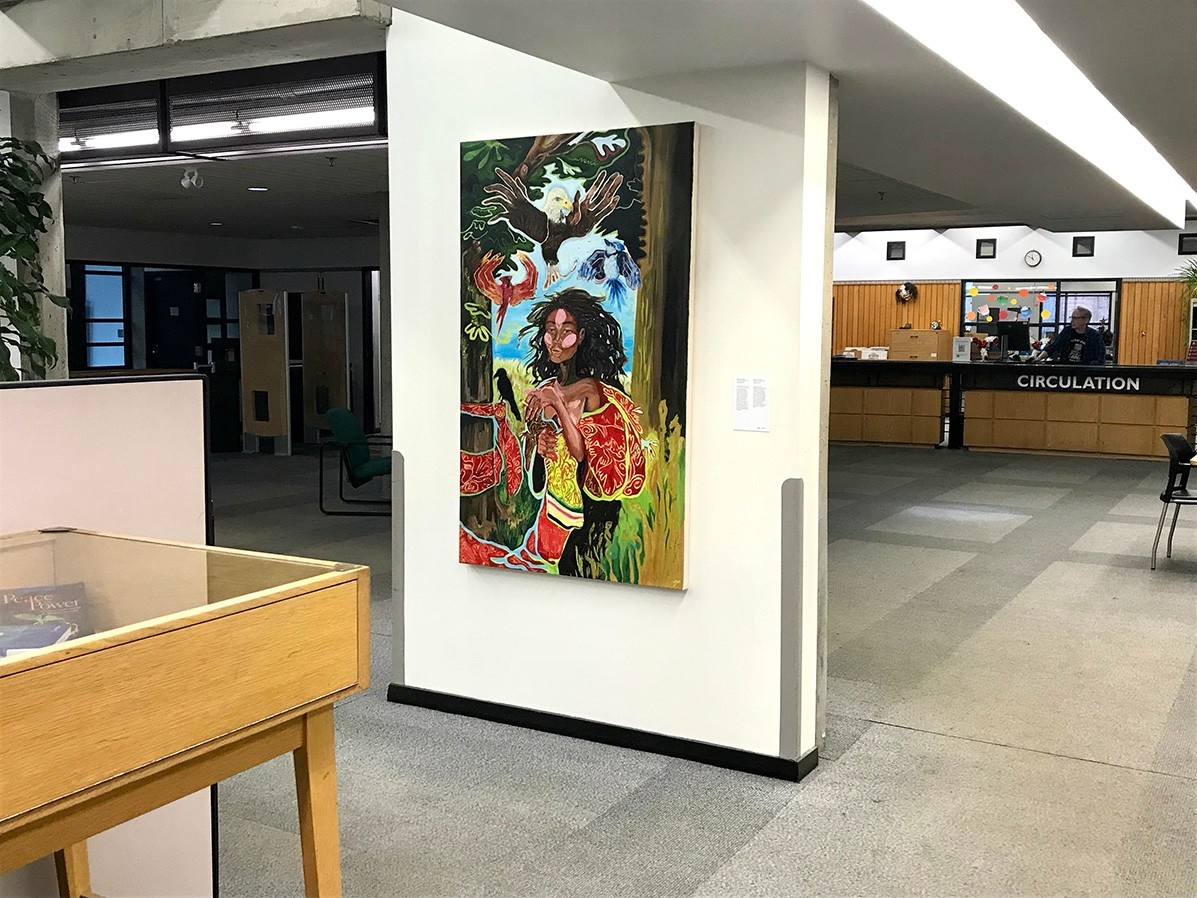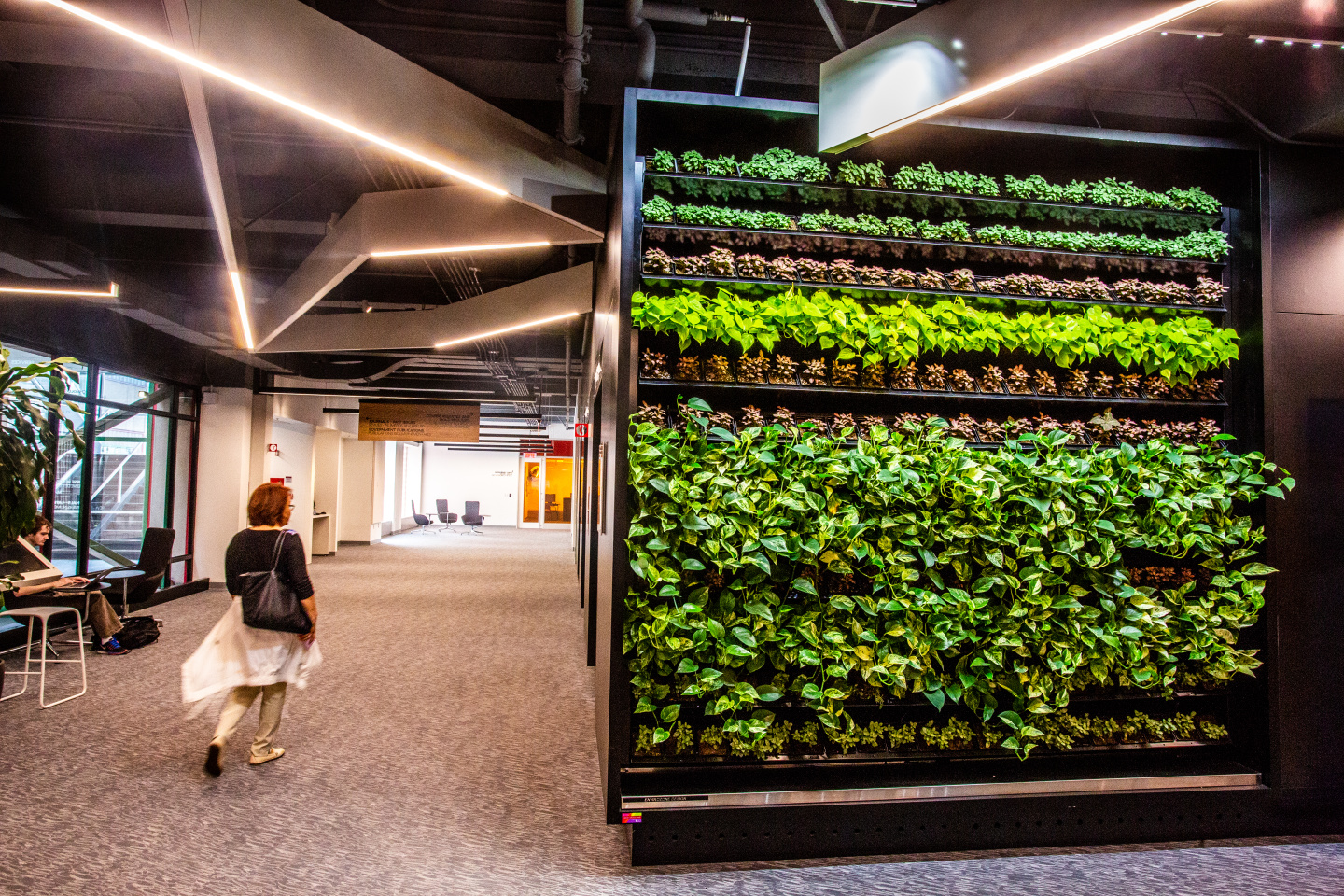Library Services Fund
About
The Library Services Fund (LSF) provides students with carefully conceived collections, resources and services to inspire academic success.

Since 2010, undergraduates have contributed $1 per credit to the Library Services Fund. The Fund is managed by the Library Services Fund Committee. Continued funding enables students to benefit from these offerings every academic term.

Library Services Fund Committee
The Library Services Fund Committee (LSFC) was established according to article 5 of the CSU Library Services Fund Agreement between the Concordia Student Union and Concordia University, signed April 16, 2010, "for the purpose of providing additional or improved library resources" at the Webster Library and Vanier Library. In December 2019, a new agreement was signed for an additional 10 years.

For more information about the Committee's agreement, its members, and to see the annual reports, visit the LSFC webpage.

Library Services Fund achievements
1. 24/7 access to the Webster Library and the Vanier Library

3. Laptops and tablets available for short-term loan at no charge
- 210 laptops and 95 tablets (iPads) at the Webster Library
- 90 laptops and 30 tablets (iPads) at the Vanier Library
In 2019, the LSFC made the decision to support the adoption of open educational resources (OER), specifically open textbooks. These grants are used to hire students to assist faculty in their OER project. To date, 14 grants have been awarded to Concordia professors to create, adapt, or adopt open textbooks, and 6 open textbooks are already in use for courses in a variety of disciplines. Learn more about OER and open textbook grants on the Library website.
5. COVID-19 Textbook Bursary program
As a consequence of the COVID-19 pandemic and the closed course reserves rooms, the LSFC initiated a textbook bursary program in collaboration with Financial Aid & Awards. The bursary was launched in early winter 2021 and offered students in need a one-time award to help cover the costs of textbooks (or other course materials). In all, 400 bursaries of 250$ each were distributed to students.
6. Accessories for library study
Students are able to borrow universal charging cables (which work with any mobile phone) and headphones equipped with microphones from both the Webster and Vanier Libraries. Headphones were purchased to meet increased student needs for this type of equipment facilitating participation in online classes.
7. Stapling stations
These stations offer several stapling options to meet student demand and are located alongside the multifunctional devices for printing and photocopying on the first floor of the Webster Library.
8. Antidote writing tool
123 licenses of Antidote (French and English language writing tool) were bought and installed on library public computers. Students have access to the tool on all workstations on the LB-3 (Webster) and VL-1 (Vanier) floors of our libraries.
9. Technology Sandbox supplies

Additional supplies for loan through the Technology Sandbox were acquired, including 100 cardboard virtual reality headsets, knitting and crochet kits, podcasting equipment, and gaming laptops.
In addition, plastic filament used for students' 3D printing is covered by the Library Services Fund. This contribution makes it possible to offer 3D printing at no charge to students participating in 3D printing workshops and those dropping into the Technology Sandbox to explore this emerging technology.
10. Wellness initiatives

In addition to numerous plants in the Webster and Vanier Libraries, as well as the living walls described below, the Library offers a number of options which contribute to students' overall wellness: light therapy lamps and portable standing desks (available for loan), a walk station and bike station for study and light exercise (at the Vanier Library, on LB-3). More initiatives are underway!
11. Living green walls to improve air quality in the Webster Library

12. Leisure spaces

Leisure and Wellness spaces are available at the Webster and Vanier libraries where you can find books, boardgames, puzzles, and colouring books.
13. ArtVolt Collection

Artworks from the Art Volt Collection – a rental and sale platform of art by recent alumni from the Faculty of Fine Arts – were added to the Webster and Vanier libraries.

Living walls
The recently transformed Webster Library, now flooded in natural light, features 9 living walls that further improve air quality by absorbing CO2 and fine particles, lighten the load of the HVAC system and reduce noise through absorption.
In addition to allowing for an overall sustainable living environment, living walls are a fire retardant and help to offer an overall feeling of well-being to users.
For and from students, this ecological choice demonstrates students' engagement with library services.

With Montréal-based Envirozone's living wall system, plant modules are installed in separate units to ensure that plants can be maintained and removed individually for servicing or replacement. Watering is achieved through a slow drip capillary hydroponic system that reproduces the principles of the rainforest.
The plumbing structure for this sophisticated automatic irrigation system — designed to eliminate complexity for the occupants — was integrated in the design of the Webster Transformation.
An additional lighting system supplements the natural and artificial light available. Ten to twelve hours of light per day ensures that the plants will thrive for many years to come.

Prioritizing light levels and local availability, Envirozone consultants carefully selected resistant, brightly-coloured species such as philodendron “lemon limeˮ, pothos “neonˮ and pothos “marbleˮ for the Library's walls.
This is why green walls regenerate naturally and are easy to maintain; each installation is custom-designed for a specific environment with both aesthetic considerations and functional needs in mind.
With this vibrant addition to the Webster Library's interior landscape, students can delight in the company of living things.



